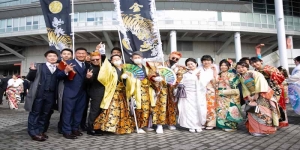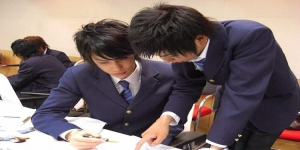[Interview 2019] The First Italian and European with the title of Natori 名 取 Paolo Cotrone
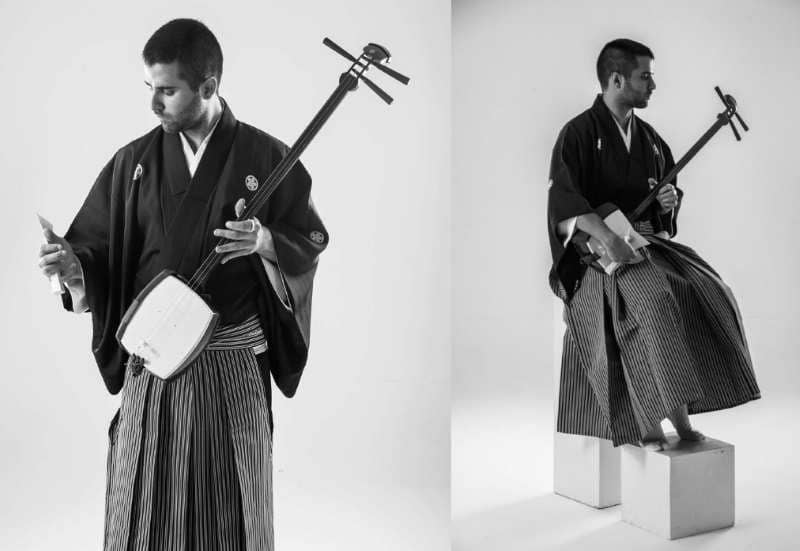
Let’s deepen our knowledge of Paolo Cotrone the first Italian and European to have obtained the title of Natori 名 取 in the use of the Shamisen 三味線 , typical Japanese 3 stringed instrument.
The Shamisen is one of the most ancient musical instruments of the culture of the world.
It is thought that its original structure was from the Mesopotamian “Gishgudi”, almost 6000 years ago. After arriving to Egypt as “Nefer” (that means Beauty), it moved to China, and only after that it was introduced to the Japanese, in Muromachi Era (XV - XVI AD).
Although we do not have exact sources of its arrival, we think it appeared in the island of Okinawa, where even now it keeps its original name: Sanshin 三線.
The instrument spread in the rest of Japan with the name of Jabisen (蛇皮線) which means “stringed instrument with snake skin”. In the years it underwent many modifications, such as the body dimension, the different skin used (dog and cat) and the use of a plectrum called Bachi 撥, to play it in the way they play today.
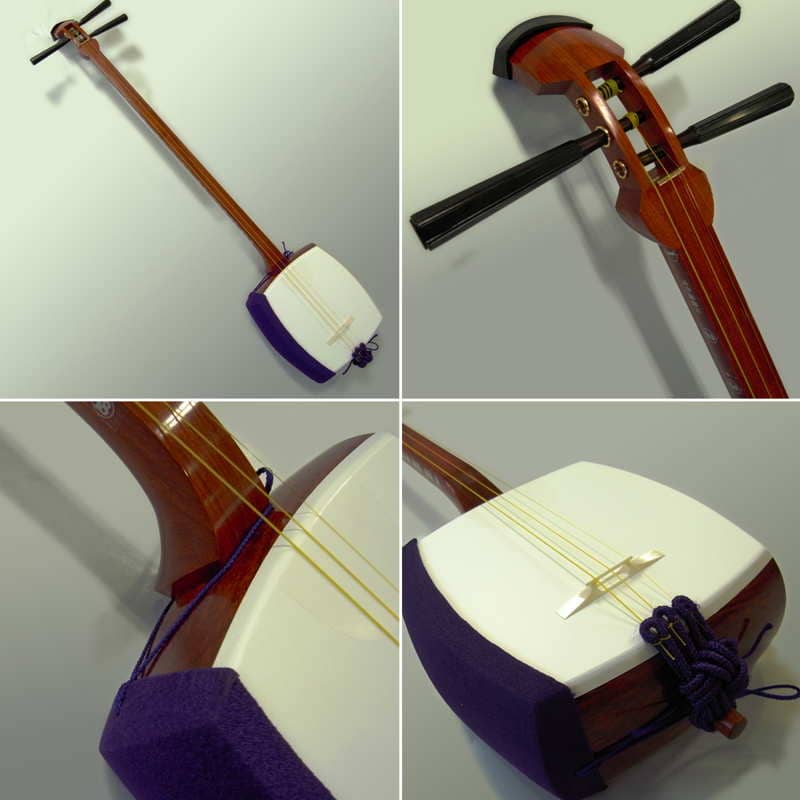
The Shamisen became one of the most famous and important instruments of the Japanese traditional music. We find it in many musical and stage genres: Jiuta, Joruri and Nagauta.
This instrument reproduces a wide range of sounds, this made it one of the main “actors” of the Japanese Traditional Music.
It can be played alone, with other instruments, or simply accompanied by the singing, and as said before, used in the Kabuki and Bunraku plays.
Paolo Cotrone is 28 years old, from Napoli, he started his studies with the passion of the guitar, and then approaching this instrument surely not much known in Italy and Europe.
It was long and hard journey, since this instrument has its roots deep in japanese culture.
We can say that Paolo’s passion is in his genes, music and art flow in his blood and are part of his family heritage.
To become Natori is not easy, years of studies (as we will read in the full interview here) practice and much love. To arrive at this point Paolo said that one has to learn at least 30 classical pieces of the Nagauta (Kabuki) theater. Every 10 pieces, there is a passing of course, and in the end you can ask to be examined to become Natori.
The exam consists into a ceremony of etiquette and then one has to sing and play a piece, chosen by the school direction and teachers. On June 29th 2019 Paolo achieved the title and name of Kine-ie Yachonoran (杵家弥蝶ノ嵐).
As you can see, the path to become Natori is very complicated and it was possible to achieve thanks to his love and passion for this discipline.
Let’s know more about Paolo then, I’ll leave you to this very interesting interview, to follow until the end:
MAURO: Hello Paolo, an Italian who achieved the title of Natori, first in Europe, who is Paolo Cotrone? tell us your story!
PAOLO: Hello Mauro. I was born 28 year ago into a family surrounded by music and art. My great grandfathers, my grandfathers and my father, each one of them tied to the thread of physical and spiritual expression. I am carrying on a journey of study and discovery that could maybe help to find things that still to this day are considered both mysteries and maybe too hard to understand.
MAURO:The Shamisen is surely an instrument that few people in Italy and Europe know of, what brought you to develop such passion?
PAOLO: Since I was a child, I loved Japan in an inexplicable way. One day, at 14 years old, I saw on youtube a video of Yoshida Brothers (a very famous Tsugaru Jamisen Duo), from then my strong passion for that instrument started, but I could buy one only years later.
MAURO: How was your course of studies? tell us how you began and how you proceeded until now.
PAOLO: About the Shamisen, I managed to buy one at 22 and started by self learning, since there are no teachers in Italy and Europe. I studied from Tsugaru Jamisen books, that Kyle Abbott gave me ( www.bachido.com ) , completely different from what is Nagauta. After some time, I started to deepen my research of Japanese music, and found that Kabuki was the most beautiful performative art I had ever seen.
At that point, by chance, while I was looking for the word Kabuki on the internet, I found the Seattle Kabuki Academy website ( www.kabukiacademy.org ), and met my teacher, Mariko Ohno (杵家弥七蝶).
With her, via internet, for five years, I have been preparing my studies.
Last year, we met to go on tour in Italy and Germany: we performed at the Oriental Arts museums of Venice and Berlin, at the Oriental Studies University in Napoli, and in the church of the Japanese Martyrs in Civitavecchia (Rome).
MAURO: Tell us about your school history.
PAOLO: Many Japanese art schools have a long story. My school story is very long: briefly, it was part of an ancient Nagauta school, the Kine-ya, from which it detached almost 200 years ago, becoming Kine-ie.
The founder of the school was the female inventor of the new method of writing and reading Shamisen music scores, that before then were taught orally or with scores similar to the ones of the Shakuhachi, with onomatopoeic sounds and Kanji.
My teacher first studied and became Natori in Japanese Traditional dance, and then growing up she also became Natori and Master in Nagauta, she then moved to America to open the Kabuki Academy, with the will of spreading the knowledge of Japanese traditional culture.
MAURO: How did you manage to enter? What were the difficulties you found?
PAOLO: My teacher Mariko Ohno, after some years of studies with her, talked to the Grand Master about my progress, and he decided to meet me for the Natori Exam.
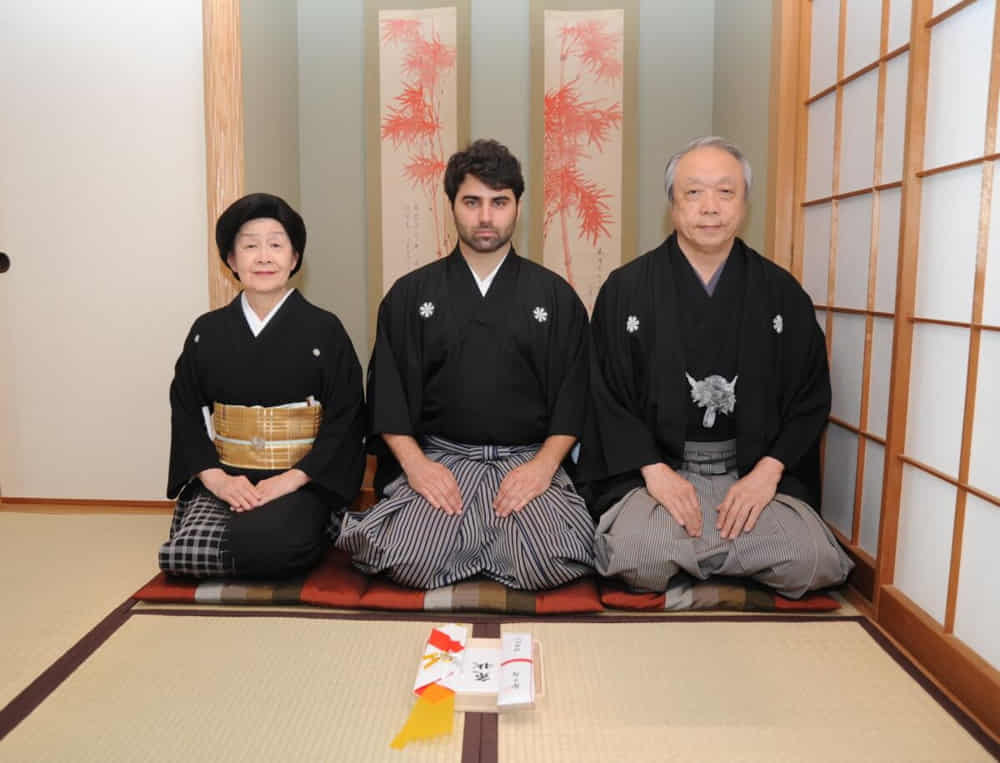
On the left the teacher Mariko Ohno (杵 家 弥 七 蝶) on the right the great master Kai Kine-ie Yashichi (杵 家 弥 七 家 先生)
To sign up in the Kabuki Academy it means to sign up in the Kine-ie Kai in Tokyo, since the Kabuki Academy is the American branch of Kine-ie Kai.
Honestly, I took my studies very seriously from the beginning. So the real hard part was to endure the distance from my mission the days I couldn’t study, because the musician life imposes me to travel a lot.
MAURO: Japan, in some way (also at the cultural level), is a bit reluctant to share its knowledge with non Japanese people. Did you find any difficulty as Italian and foreigner? Did you feel any drag from your “colleagues”?
PAOLO: I would like to break this false myth. Japanese people admire who has the steadiness, dedication and humility to engage into something that belongs so deep in their souls.
Since the Nagauta Shamisen ( the one of the Kabuki theater) is seen as something extremely complex and difficult, and since it is also a disciplone, if you approach it with respect and love, you will be rewarded.
As foreigner, I was seen as the person who was trying to “save” and bringing to the future a culture that many young people, even in Japan, know so few about. Every person I met and worked with have been open and wonderful.
MAURO: Have you already performed in Japan? What was the feedback of the Japanese Public?
PAOLO: In Japan I performed only in private places, and the feeling and feedbacks were all positive, since this art, due to the language (that sometimes is not understood well even by them, since it is japanese from the 1600’s), to the contents, and to the period it was born, is not appreciated as it deserves to. Nagauta is a spectacular musical genre, it is without time in its developing, nevertheless it resembles a musical genre that has 3000 years, both in the past and the future.
MAURO: What will be your next step?
PAOLO: Now, I’m back to Italy, I started the course to become Master Teacher. Plus, I am arranging a tour with my project ( www.shamisenorchestra.com ) for the next year in Italy, Europe and Japan.
MAURO: What would you like to tell to the ones who share your same passion for Japanese Culture and Music?
PAOLO: For the ones who have my same passion of the Japanese music I would like to tell them that the relationship between artist and instrument is completely different from the Western way of teaching.
So I encourage who really loves this music from its deepest part to just do it without stopping, because the deities watch and will accompany the worthy.
I would like also to discourage the ones who love Japan just for its pop culture.
Of course I think that also is beautiful, but the real meaning of the Pop Culture has the roots deep into one of humanity’s most ancient orders of spiritual way of living.
MAURO: Paolo, I’ll leave you some words to thank somebody in particular who helped you in your path.
PAOLO: I thank mainly my family, my grandfather in particular, who is me now, to have pushing me into research and to find ourselves together after his trip into eternity.
I thank my teacher, that always believed in me, and still does. I thank all the people that has, are and will truly love this culture.
I am alone now. But am working to be like this not for long.
Thank you Paolo for letting us know your story, it’s heartmoving to see how you can be part of such a far away culture, so full of history, following your passion.
You can know more about Paolo here:
YouTube channel:
www.youtube.com/channel/UCsWNstDNpmWFo1LuM6rJxfg
Facebook Page:
www.facebook.com/shamisenorchestra/

 English (United Kingdom)
English (United Kingdom)  Italiano (it-IT)
Italiano (it-IT) 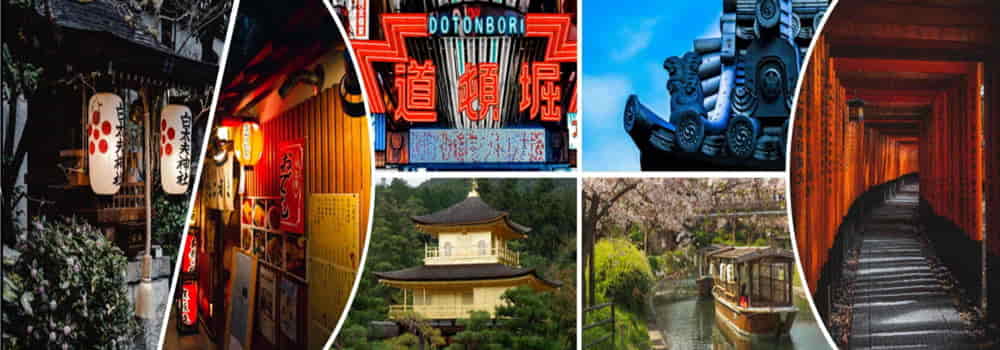
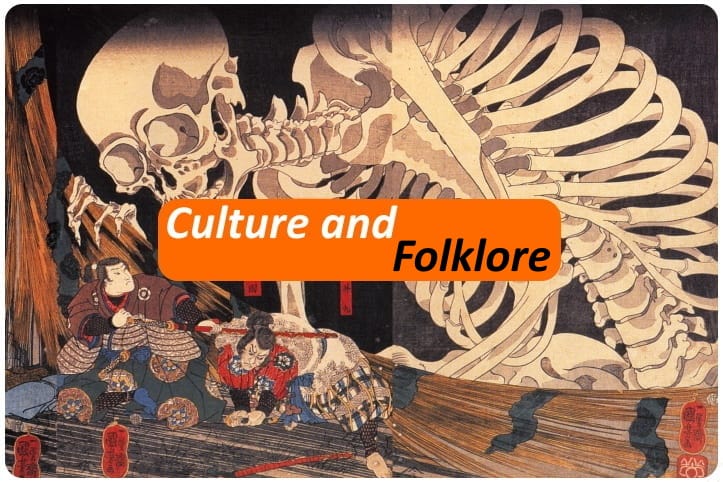
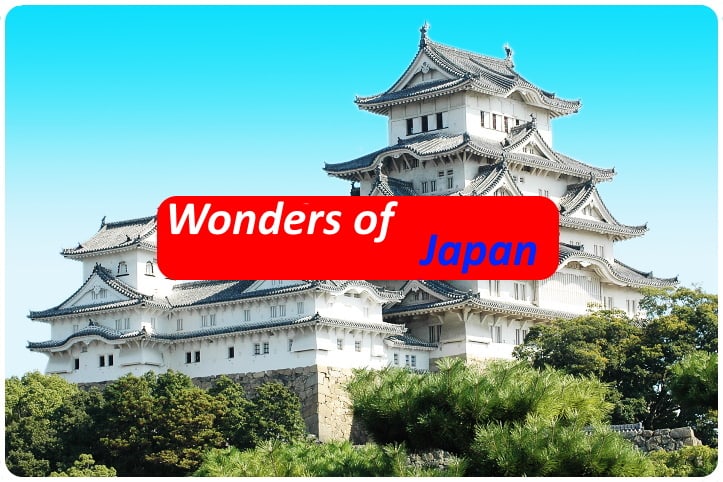



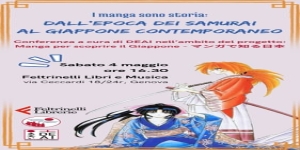
![[Review] Princess Toyotomiプリンセス トヨトミ](https://www.fukainihon.org//cache/mod_jt_contentslider/fdfb524f85518b9476158c79c8ea022f_328.png)

